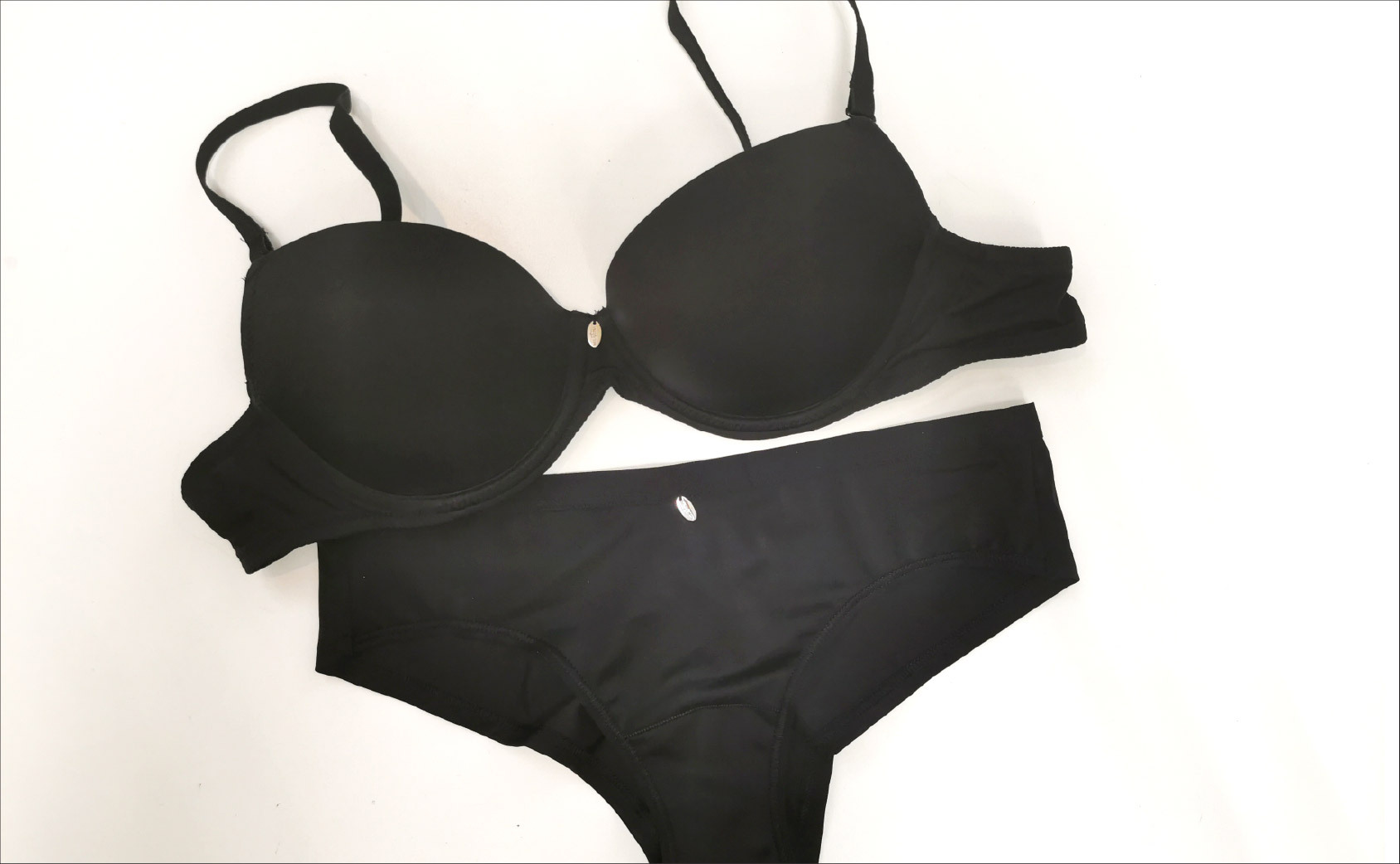Why Specialty Lingerie Stores Continue to Thrive Amid the Digital Revolution in the U.S. Market

The U.S. lingerie market is experiencing a noteworthy transformation as consumer preferences increasingly shift toward comfort, inclusivity, and digital connectivity. Each sales channel plays a crucial role in shaping market dynamics, uniquely contributing to consumer accessibility and brand positioning.
In 2024, online retail is projected to capture the largest market share at approximately 31.5%. This growth is driven by the rapid expansion of e-commerce platforms and the rising popularity of mobile shopping. Consumers are attracted to the convenience of digital platforms, where brands are integrating augmented reality fitting tools, personalized recommendations, and hassle-free return policies to mimic in-store experiences. The ascent of social media marketing, coupled with influencer endorsements and engaging digital storytelling, has made lingerie brands more relatable to consumers. Additionally, subscription-based lingerie boxes and exclusive online collections have gained popularity, appealing to the desire for customization and privacy in shopping behaviors.
Specialty stores are holding a significant market share of about 26.9% due to their focus on premium quality, personal consultation, and enhanced brand experience. Shoppers who seek guidance on fit and style typically gravitate towards these outlets for their expert advice and curated selections. Many specialty boutiques have adopted hybrid models, offering both in-store and virtual fittings, fostering loyalty among mid-to-high-income consumers who prioritize personalized experiences over discounts. Furthermore, boutique brands that emphasize sustainability and ethical sourcing are attracting a growing segment of eco-conscious buyers.
Supermarkets and hypermarkets are responsible for roughly 18.7% of the market, serving primarily consumers looking for affordability and accessibility. These establishments carry mainstream brands and multipack lingerie options that appeal to practicality-driven shoppers. Although growth has been slower, supermarkets benefit from consistent foot traffic and seasonal promotions, especially during festive or back-to-school periods. However, they face challenges due to limited variety and a lack of personalized fitting experiences that high-end consumers increasingly demand.
Department stores account for an 11.8% market share and continue to play a vital role as retail venues for well-recognized brands, balancing both premium and mid-tier offerings. Despite a decline in foot traffic due to the rise of e-commerce, department stores are revamping the shopping experience through experiential displays, loyalty programs, and cross-category bundling. Many leading stores now feature exclusive collaborations and capsule collections that appeal to consumers seeking limited-edition designs and brand prestige. These venues also serve as trial locations for consumers who subsequently make online repeat purchases, demonstrating the growing synergy between online and offline shopping.
Exclusive brand outlets, which capture around 7.6% of the market, have become prominent tools for enhancing direct brand-customer engagement. Brands such as Victoria’s Secret, Savage X Fenty, and Aerie utilize these outlets to reinforce their identity, showcase a complete range of products, and promote immersive shopping experiences. As consumers increasingly embrace body positivity and self-expression, these outlets enable brands to manage merchandising aesthetics and provide personalized assistance. By focusing on community events, interactive fitting rooms, and inclusive mannequins, these stores have improved customer perception and bolstered brand equity. The trend towards smaller-format stores in urban areas also helps capture foot traffic from younger consumers seeking aspirational yet accessible products.
The "others" category, representing about 3.5%, encompasses pop-up stores, lingerie exhibitions, and subscription models. Pop-up experiences are becoming effective marketing tools for new product launches and customer engagement, particularly among digitally native brands. Subscription services that provide curated lingerie boxes are gaining traction among Gen Z and millennial consumers who appreciate convenience and the element of discovery. These models increasingly utilize AI-driven personalization to align styles with individual body types and preferences, enhancing customer satisfaction and retention.
Overall, the U.S. lingerie market illustrates a shift toward omni-channel retail strategies that seamlessly merge physical and digital experiences. Retailers are prioritizing inclusivity by featuring diverse body shapes, skin tones, and gender identities in their campaigns and sizing systems. The increasing popularity of athleisure and comfort-driven fashion continues to influence product designs across all channels, blurring the lines between lingerie, loungewear, and activewear. Moreover, the adoption of sustainable materials such as organic cotton and recycled nylon is emerging as a key differentiator, particularly among online and specialty retailers.